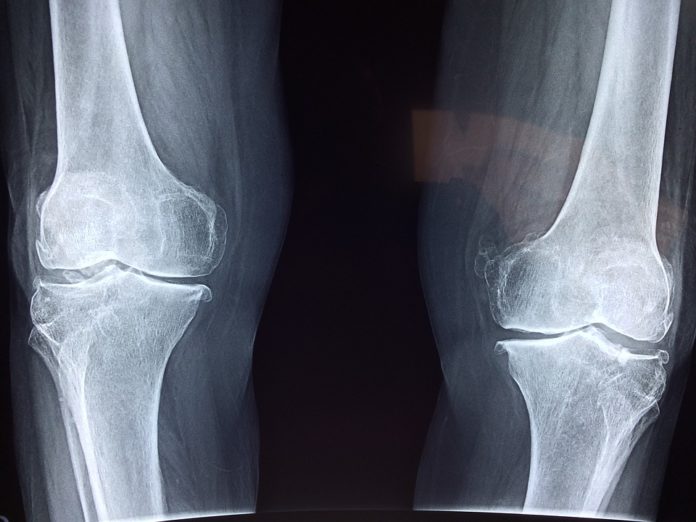Exploratory and clinical examinations have been supplemented with computational models to beat restrictions, for example, high expense, challenges in getting precise measures, and constrained comprehension of the biomechanical response of the knee joint.
Now, a new study by the University of Eastern Finland presented another numerical approach: simpler material models of ligaments with comparative properties in compression and tension can be utilized when the stacking is coordinated principally along the ligament axis in tension. A numerical knee model that considers geometric and material nonlinearities of meniscus and cartilages could anticipate the impact of various portrayals of tendons on joint response powers all through the positioning stage.
Scientists used five distinctive constitutive models for the tendons (spring, elastic, hyperelastic, porohyperelastic, and fibril-strengthened) to assess their effect on knee reaction amid the position period of a walk. Knee joint forces for the models with elastic, hyperelastic and porohyperelastic properties indicated comparable conduct all through the position, while the model with fibril-fortified properties demonstrated lower joint powers amid the last part of the stance phase. The outcomes likewise demonstrated the fibril network contributed generously to the knee joint forces, while the nonfibrillar part and liquid had insignificant impacts.
In the knee joint, the stability is provided by different structures such as ligaments, menisci, and muscles, which exhibit a complex mechanical response and affect the articular cartilage response under different loading conditions.
Particularly, ligaments assume a vital part in giving dependability and also limiting knee joint amid daily activities. Be that as it may, the commitments of the tendons and their auxiliary constituents are not notable. Research on the impact of these tendon properties may add to understanding joint disorders and enhance medicinal recovery conventions after knee injuries.
Scientists in this study merged computational modeling with tissue image processing and specific biomechanical measurements from motion analysis of the subject, in order to generate a realistic knee model to investigate the response of the articular cartilage under the effect of different ligament representations.
This approach would simplify the model generation applied for clinical purposes, lessening computational requests (runtime) and work required to create customized knee models. In particular, reliable and simplified models could conceivably give snappy diagnostics to enhancing clinical techniques in patients with orthopedic disorders.
The examination proposes that the compression-tension relationship in ligaments because of the fibril-support contributes considerably to the knee joint movement and powers and also ligament reactions amid stance, while the parts of the nonfibrillar lattice and liquid are little.
On the other hand, at certain phases of stance and with a proper choice of material parameters, knee models with simpler material models of ligaments (either springs or other unsophisticated constitutive models) are suggested to be able to replicate similar results. These discoveries and recommendations are significant to consider in biomechanical models to investigate new medications related to knee tendon wounds.
Scientists reported their findings in the journal Scientific Reports.
